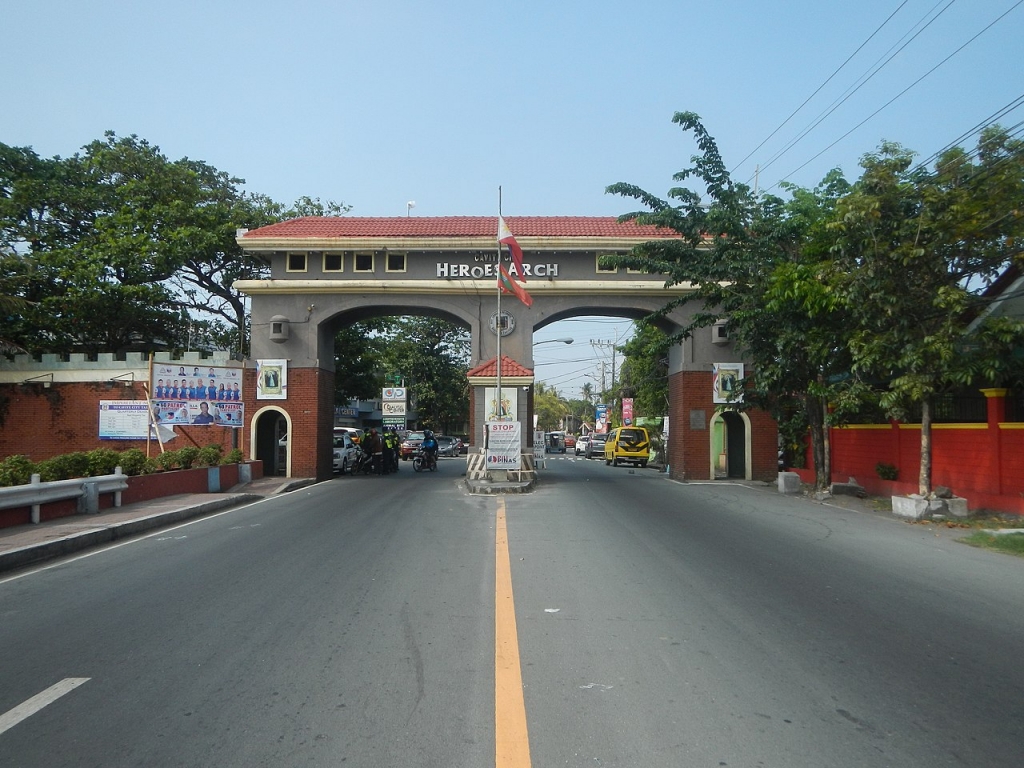
Cavite City Photo from Wikimedia Commons
Cavite, particularly its northern tip known as Cavite La Punta, played a pivotal role in the Philippines’ colonial past. Its strategic location on Manila Bay made it an ideal site for shipbuilding and naval operations.
During the Spanish colonial era, Cavite Puerto became a bustling port city, serving as the departure and arrival point for the Manila-Acapulco galleon trade. This lucrative trade route connected the Philippines to Mexico and beyond, enriching the Spanish crown and introducing the country to global commerce.
The Spanish fortified Cavite with impressive structures like Fort San Felipe and Porta Vaga, transforming it into a formidable naval base. These fortifications, though, would later become battlegrounds during the Philippine Revolution and the Second World War.
What you need to know about Cavite
Cavite, a province deeply etched into the country’s colonial past, stands as a testament to the Philippines’ rich history. Its strategic location on coastal and alluvial plains made it a prime target for Spanish colonization. As a result, the province evolved into a significant Spanish city, its architecture and culture bearing the indelible marks of colonial rule.
Today, Cavite has transformed into a dynamic province with a complex interplay between its historical legacy and modern aspirations. The interior and local government units play a crucial role in balancing the demands of rapid urbanization with the preservation of the province’s heritage. The capital city of Trece Martires serves as the administrative and cultural heart of Cavite, striving to embody the province’s progress while honoring its roots.
Northern Cavite, with its proximity to Manila, has experienced rapid industrialization and urbanization. Cities like Imus, Bacoor, and Dasmariñas have become major commercial and residential hubs. In contrast, southern Cavite retains a more rural character, with towns like General Trias and Naic offering a slower pace of life and opportunities for eco-tourism.
Cavite’s rich tapestry extends beyond battles and revolutions. The province boasts stunning natural beauty, with its coastline offering pristine beaches and majestic rock formations. Manila Bay, a historic trade route during the Spanish era, remains a significant landmark. Cavite is also a fast-growing economic hub, attracting businesses and investors.
Governance and Development
Cavite’s geography, characterized by coastal and alluvial plains, has influenced its development. The fertile lands have supported agriculture, while the coastline has facilitated trade and commerce. This combination of factors contributed to the province’s economic growth over the centuries.
The provincial government, centered in the capital city of Trece Martires, has played a crucial role in balancing the province’s historical legacy with its modern challenges. The interior and local government units have been instrumental in addressing the needs of the diverse population, from urban centers to rural communities.
Densely populated province
Cavite, a relatively small province in the Philippines, bears the distinction of being the most densely populated in the entire nation. This means that an exceptionally large number of people call this province home, exerting significant pressure on its resources and infrastructure.
Several factors have contributed to Cavite’s high population density. Foremost among these is its geographical proximity to Metro Manila, the country’s economic and cultural epicenter. The allure of employment opportunities, better access to education and healthcare, and the overall vibrancy of city life has drawn countless individuals to migrate to Cavite.
Moreover, the province’s rapid industrialization has acted as a magnet for both local and migrant workers. As factories and businesses have sprung up, so too has the demand for housing and essential services. This influx of people, drawn by the promise of economic prosperity, has intensified the population pressure on the province.
The shift from rural to urban living is another key factor driving population density. As opportunities in agriculture wane, people are increasingly drawn to the perceived advantages of urban life. This trend has accelerated the growth of Cavite’s urban centers, leading to overcrowding and a strain on existing infrastructure.
The combination of these factors has created a complex demographic landscape in Cavite. While the province’s population growth has fueled economic expansion, it has also brought forth a host of challenges that demand careful and sustainable solutions.
Challenges and Opportunities
Cavite’s high population density presents a complex interplay of challenges and opportunities. While the province has undeniably reaped economic benefits from its burgeoning population, the strain on its infrastructure and resources is undeniable.
Infrastructure Strain is a critical issue. The surge in population has placed immense pressure on transportation systems, leading to chronic traffic congestion. Water supply has become a growing concern, with demands outstripping available resources. Additionally, the efficient management of waste has emerged as a significant challenge due to the sheer volume generated by a large population.
The impact of high population density is also evident in social issues. Housing shortages, particularly affordable housing, have become acute. Moreover, the strain on public services such as education and healthcare has intensified as the demand for these resources has grown exponentially.
Despite these challenges, Cavite’s large population also offers significant opportunities. A robust labor force can attract industries and businesses, stimulating economic growth. The growing consumer market can drive demand for goods and services, creating new business ventures. Furthermore, a dense population can foster innovation and creativity as people come together to find solutions to shared problems.
However, realizing these opportunities requires careful planning and effective governance. The province must invest in infrastructure development, improve public services, and implement sustainable urban planning strategies. By addressing these challenges head-on, Cavite can harness the potential of its population to build a thriving and resilient community.
Cavite’s Economic Landscape
In recent decades, Cavite has transformed into a thriving economic hub. Its strategic location near Metro Manila, coupled with improved infrastructure, has attracted various industries.
- Manufacturing and Industrial Centers: Cavite hosts numerous manufacturing plants, contributing significantly to the country’s economy.
- Business Process Outsourcing (BPO) Industry: The province has emerged as a major player in the BPO sector, providing employment opportunities for thousands.
Emerging Commercial Districts: Cavite is developing new commercial centers, offering a mix of retail, dining, and entertainment options.
Cavite’s Cultural Richness
Beyond its historical and economic significance, Cavite boasts a rich cultural heritage.
- Caviteño Chabacano: This unique language, a blend of Spanish and Tagalog, reflects the province’s colonial past.
- Festivals and Traditions: Cavite celebrates various festivals throughout the year, showcasing its vibrant culture and traditions.
- Local Cuisine: The province offers a delicious array of dishes influenced by both Filipino and Spanish flavors.
Cavite in the Context of the Philippines’ Colonial Past
Cavite holds a significant place in the Philippines’ colonial history. As a coastal province with a strategic port, Puerto de Cavite was a crucial hub during the Spanish colonial era. The Manila-Acapulco galleon trade, a vital economic lifeline for the Spanish Empire, relied heavily on this port.
The province’s strategic importance led to its development as a fortified city, with structures like Fort San Felipe serving as a defensive bulwark. However, this very same strategic location also made it a hotbed of resistance against Spanish rule, culminating in events like the Cavite Mutiny.
Witnessing Araw ng Kagitingan
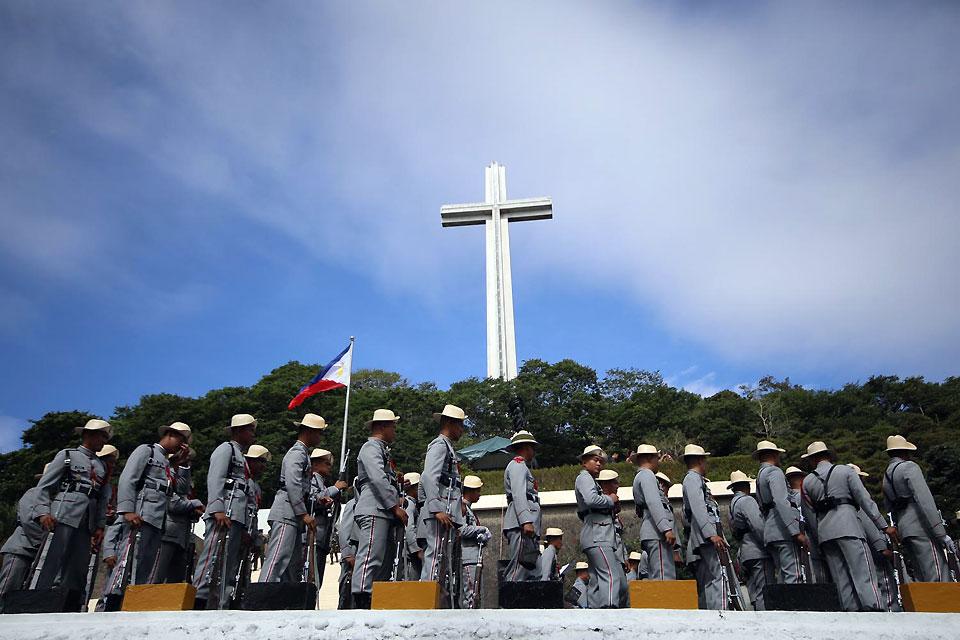
“Araw ng Kagitingan” is a national holiday every April 9 through Proclamation No. 655, 2013. This remembers the formal surrender of the Filipino and American forces to the Imperial Japanese Forces in Bataan on April 9, 1942 – known as the fall of Bataan. The resignation was announced by Third Lt. Normando Ildefonso Reyes, who read Captain Salvador Lopez’s message through a radio broadcast. Following the surrender, about 75 000 Filipino and American soldiers started a 65-mile Bataan Death March from Mariveles, Bataan, to Capas, Tarlac.
If we speak of bravery, Cavite is the first place to come to mind. Cavite is located in southern Luzon and has become a residential hub given its proximity to Metro Manila. Dubbed as the “Land of the Brave” and the “History Capital of the Philippines,” Cavite is the birthplace of several heroes and became a significant province that prompted the Philippine Revolution against Spanish rule. Please get to know the brave Filipino breed that continues to exude inspiration for us to fight modern-day battles.
Remember the Brave at Cavite
Philippine history lessons often begin with Cavite. It’s here we encounter names like Emilio Aguinaldo, who declared independence from Spanish rule in Kawit. We learn about the 13 Martyrs of Cavite, brave patriots who gave their lives for freedom. Explore these stories further by visiting historical landmarks like the Aguinaldo Shrine, the Bonifacio Trial House, and the Tejeros Convention Site.
Emilio Aguinaldo
We have heard the name Emilio Aguinaldo as early as our grade school years. Born in Kawit, Cavite on March 22, 1869, Aguinaldo joined the Philippine revolutionary society, Kataastaasan, Kagalanggalangang Katipunan ng mga Anak ng Bayan (KKK), in 1895. He scored many wins in Cavite Province when the revolution against the Spaniards began. He was exiled to Hong Kong but continued to support his troops by supplying weapons. His struggle to free the country from Spain became successful. On June 12, 1898, Aguinaldo waved the national flag in Kawit, Cavite, to mark the independence. His sacrifices made him one of the significant reasons Cavite was regarded as the “History Capital of the Philippines.”
The 13 Martyrs
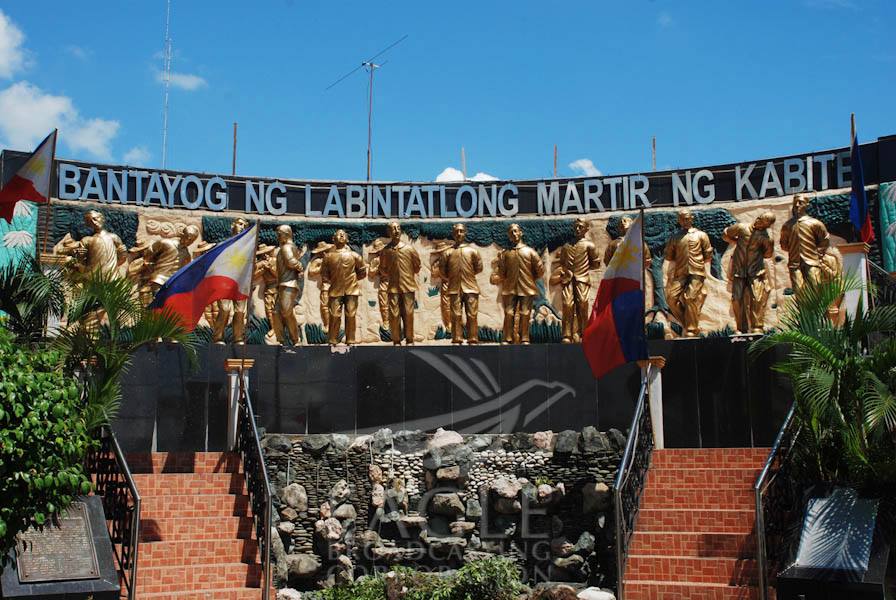
Thirteen brave patriots have significantly contributed to the 1896 Philippine Revolution. They worked with the Katipunan to revolt against the Spaniards. They are heroes from different walks of life: some are from wealthy families, some are business owners, and some are professionals. Ten of the martyrs who affected the burst of the revolution were Freemasons. They were:
- Alfonso de Ocampo
- Eugenio Cabezas
- Jose Lallana
- Feliciano Cabuso
- Hugo Perez
- Maximo Inocencio
- Luis Aguado
- Severino Lapidario
- Victoriano Luciano, and
- Maximo Gregorio
Non-masons, meanwhile, were:
- Antonio de San Agustin
- Agapito Conchu, and
- Francisco Osorio
Apart from knowing the heroes, appreciating history is even more fun in Cavite. This history-rich city and province is a must-visit if you are looking for an entertaining and educational adventure. You will be surprised by how many historical sites and landmarks this place can offer. Here are some of the top spots you can visit:
Hear the Stories from Several Historical Sites in Cavite
Gen. Emilio Aguinaldo Shrine
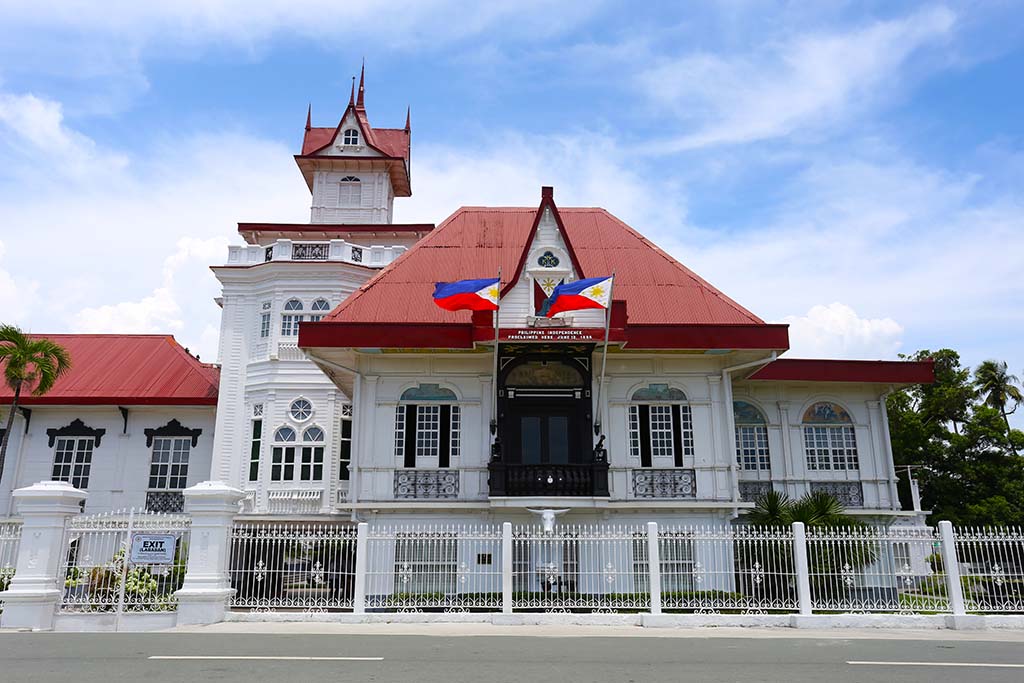
This shrine shines with success after the struggle. The Gen. Emilio Aguinaldo Shrine, the Cavite-born hero’s ancestral home, witnessed the Philippine Independence from Spain declaration on June 12, 1898. The Philippine Flag was hoisted for the first time. The Philippine National Anthem was played in this historical site of independence.
Bonifacio Trial House
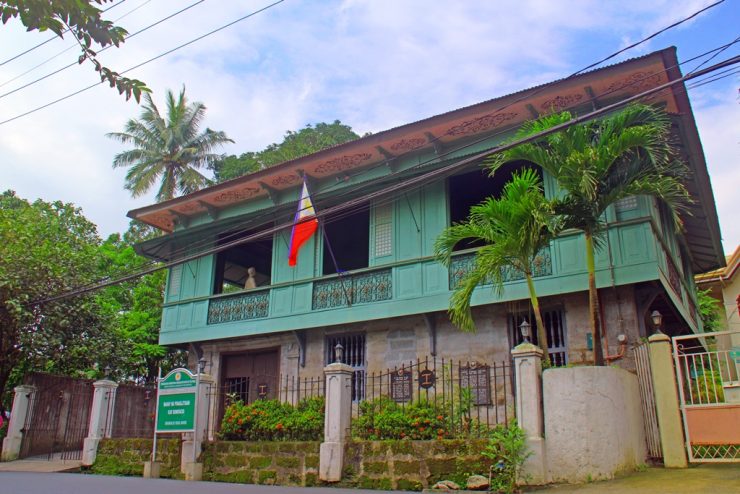
After rejecting the revolutionary government, Andres Bonifacio was arrested by Emilio Aguinaldo. Bonifacio Trial House was Teodorico Reyes’ ancestral home. It witnessed Bonifacio’s trial over treason and sedition and, eventually, the sentencing of his death. You can visit this historical site at Col. C. Riel, Maragodon, Cavite.
Tejeros Convention Site
The earnest desire of the Filipinos to gain independence was witnessed in this location. Filipino Revolutionaries gathered for their 115th convention, also called the Tejeros Assembly and Tejeros Congress, on March 22, 1897. The Katipunan Magdalo and Magdiwang factions met here, leading to the formation of a Revolutionary Government headed by Gen. Emilio Aguinaldo.
Julian Felipe Monument (Fort San Felipe)
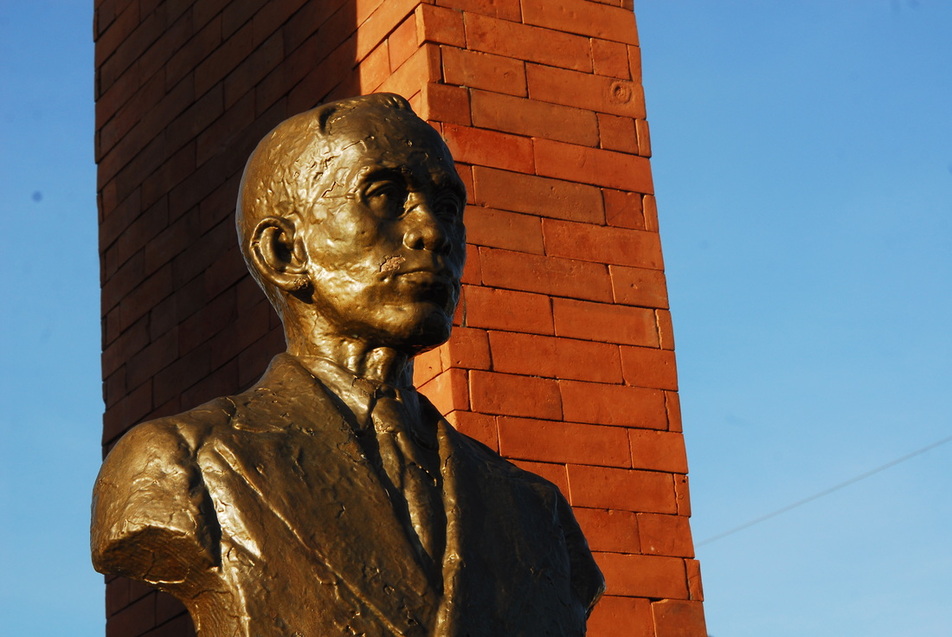
It might be hard to express nationalism through words. Thanks to the Philippine National Anthem, the “Lupang Hinirang,” formerly known as the “Marcha Nacional Filipina,” for summarizing our sincere love for the country. Of course, we pay tribute to its composer, Don Julian Felipe. Felipe was born in Cavite and was a teacher and composer. The nation remembers him through a monument you can visit in Santa Cruz, Cavite City.
Corregidor Island
This fortress island witnessed several battles and is now being visited for the war-caused marks. The ruins tell the extreme conflict during World War II on Corregidor Island. Here, you can find the torn buildings, tunnels, and signs that the island housed the soldiers during the war, with the swimming pool, shops, and movie theaters present. At the island’s highest point stands the lighthouse, which dates to 1853. It is considered the oldest landmark on Corregidor Island.
Gen. Trias Municipal Town and Old Church
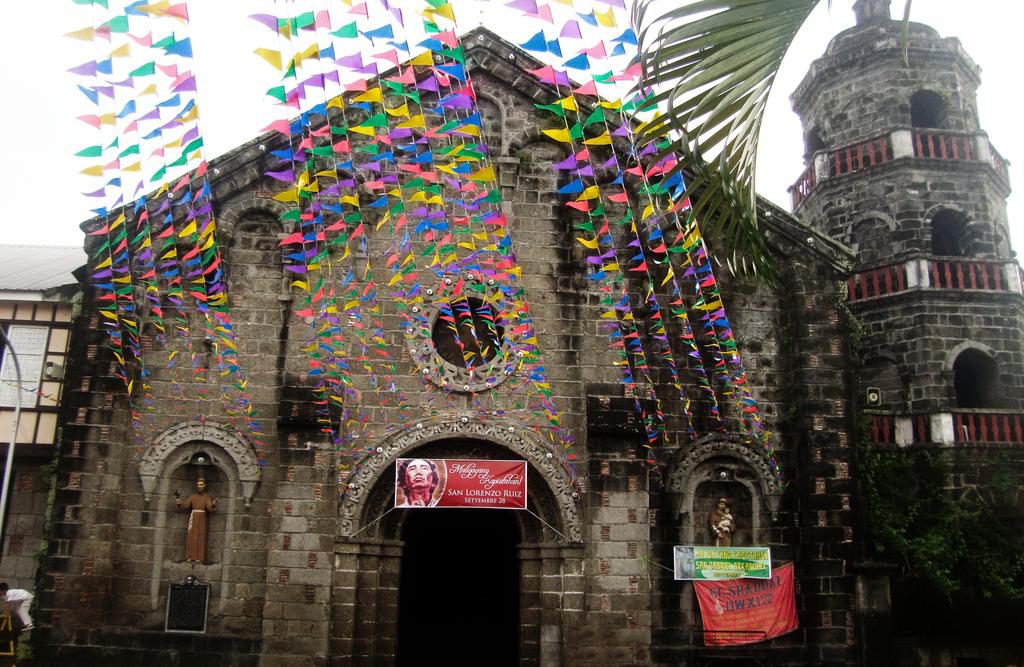
This historical structure holds some of the uprising stories in Cavite. Suppose you are amused by how a Caviteño came up with the national anthem’s lyrics. In that case, you might as well recognize the band members who first sang the “Marcha Nacional Filipina.” This church in Gen. Trias witnessed the rehearsal by its senior band members before the Philippine Independence declaration. The next time you line up for the flag-raising ceremony, may you also remember the history-rich Gen. Trias, Cavite.
Learn the Language of Cavite
Experiencing a place becomes more meaningful if you try to speak the language. Engaging in conversations, especially with Caviteños, is fun and will enrich your vocabulary. This history-rich province’s language is influenced by its past. People here are known to use Cavite Chabacano, a Philippine Creole Spanish variety that arose during the Spanish occupation. When you go to Cavite, these are the Hispanized words you might encounter, compiled by The Cavite Rising.
“Barilla lang na temprano”
This phrase, translated as “Barya lang po sa umaga,” is usually posted in public utility vehicles in the Philippines. You can also come across this reminder to pay coins as a transportation fee early in the morning in Cavite, only in Chabacano.
“Gracia y vaya con Dios”
When you leave Cavite City, you might notice this phrase: “Thank and may God be with you” – the words Caviteños verbally use when a visitor is about to live.
“Delicadeza”
This means being “delicate or graceful.” You might have already heard this plenty of times. If you are told to have “delicadeza,” you are called to be mindful of how you speak or behave.
“Palabra de Honor”
Like the word “delicadeza,” “palabra de honor” is also the most common creole word you might already be familiar with. This means “word of honor,” which is verbally used to commit to doing something for someone.
Explore the Historic General Trias
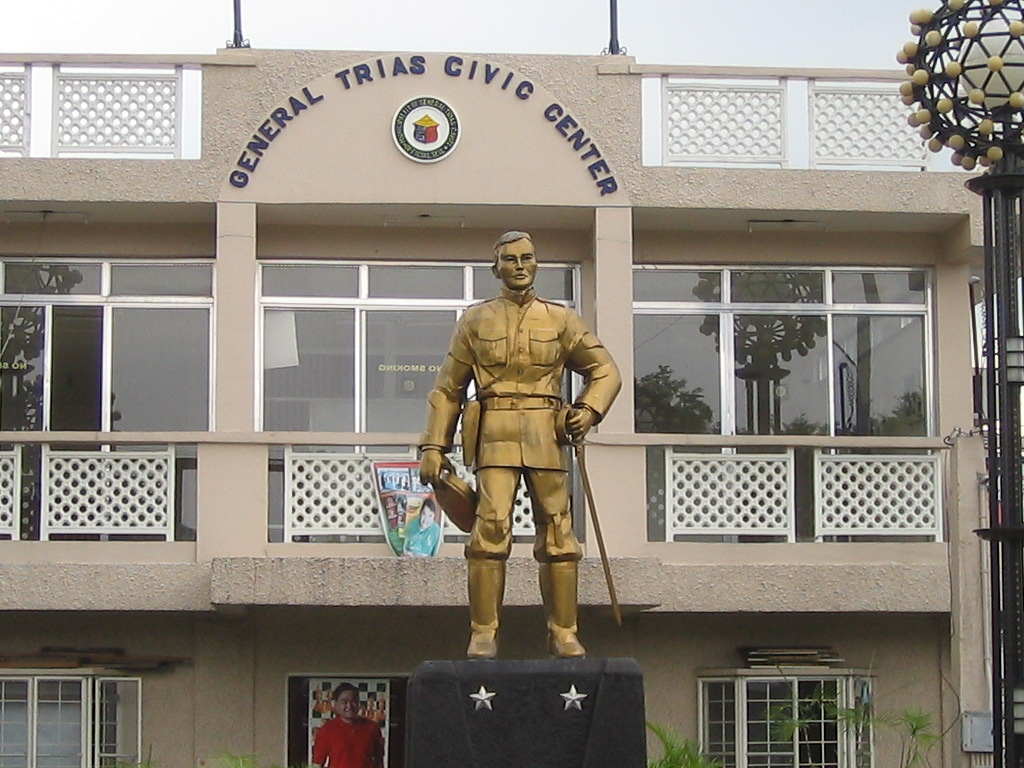
Continue your adventure in the historic capital, where the marks from the past are present in almost every city or municipality you go to. Among the places, you will not regret exploring is Gen. Trias, a component city located in the northern part of the province.
Gen. Trias was first called San Francisco de Malabon in honor of its Patron Saint, Patron of Assisi. The tag Malabon, meanwhile, either originated from Labong (bamboo shoot) or mayabong (luxuriant), as the place was once covered by abundant trees. The now component city was named Gen. Trias after Gen. Mariano Trias. He was considered the country’s first Vice President when Aguinaldo was elected President in the Tejeros Assembly.
Did you know that this humble city witnessed the first uprising in the province? Known as the “First Cry of Cavite,” the old town of San Francisco de Malabon hosted the rebellion in 1896 when Filipino revolutionaries headed by Mariano Trias, Diego Mojica, and Nicolas Portilla captured the town’s tribunal. Two more incidents happened the same day: one occurred in Noveleta and another in Kawit, Cavite.
Fascinating Stories of General Trias, Cavite
In addition to this fascinating historical information, you can also tour the city and find the house where Andres Bonifacio stayed. The Spanish-style home located in Poblacion has red bricks and an adobe-made façade. This house also hosted other brave men including Aguinaldo, Manuel L. Quezon, Manuel Roxas, Elpidio Quirino and Sergio Osmeña. While in Gen. Trias, you might not want to miss visiting the Gen. Trias Church or the St. Francis of Assisi Parish Church.
Aside from serving as the site where the national anthem was first rehearsed, Gen. Trias Church is also known to be the first place of worship established by the Franciscans in 1611. In 1624, the church was transferred to the Jesuits of Cavite city. It was eventually established as a separate parish in 1753. The historical marker of this Spanish Baroque-style church can be found outside of the structure.
Your historical experience in Gen. Trias will not be limited to places alone. If you visit in December, you can witness its famed Valenciana Festival and let this beloved cuisine take you back in time. Valenciana, derived from the Paella Valenciana, is a special dish primarily made of rice, chicken, and seafood inherited by Gen. Trias from the Spaniards. You can easily avail of this dish sold at affordable prices in business centers and snack houses in the city.
On top of its rich history, the thriving city of Gen. Trias has so much more to be proud of. Gen. Trias’ commerce and industry are flourishing while its roads and infrastructures are developing. The emerging developments do not compromise peace and serenity in this city. One can enjoy the dynamic economy while getting peace of mind through the fresh air and open fields.
Finding your Home in Cavite’s Historical City
If you are looking for a house and lot for sale in Gen. Trias, choose Camella General Trias. This evolving mega-city is located along Arnaldo Highway in Brgy. San Francisco, Gen. Trias City. Its high accessibility to Metro Manila makes it a perfect residential location if you want to commute to and from work. Camella General Trias also has every amenity to assure you of safe and convenient living. Included in the amenities are:
- Basketball courts
- Playgrounds and parks
- Clubhouse with indoor gym and pool
- Active spaces with jogging parts and zen areas
- 24/7 security
- Gated entrances and perimeter fence
- Shuttle services
Cavite: A Place You Can Come Home To
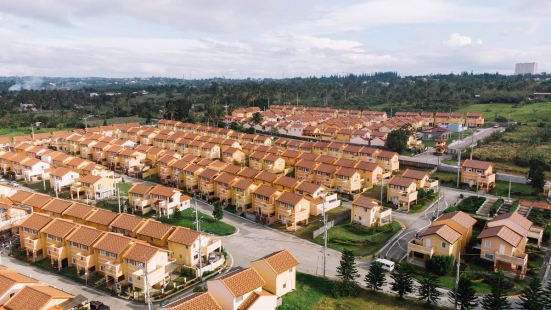
Cavite’s glorious past comes alive with its historical sites. How the Caviteño protects and gives importance to the places and things from the past speaks so much of their caring qualities. Cavite also takes pride in its fast-growing economy, making it an attractive place for investors and business people. Cavite is also considered among the most feasible areas, given its location and peaceful environment. Camella Homes, the most trusted housing development in the Philippines, is here for you if you are looking for a house and lot for sale in Cavite.
Camella Homes gives you several options when it comes to locations in Cavite. Apart from Camella General Trias, you can also choose to live in the next biggest master-planned township in the south: Camella Tanza. It is located in Brgy. Bagtas, this prime community, is the nearest to Manila via CAVITEX. Camella Homes can also provide your desire to own a home in a calm and serene neighborhood. With Camella Trece, located in Brgy. Cabuco, Trece Martires, you will be treated to fresh air and quiet surroundings.
Whatever location you choose, you can never go wrong with Camella. Start hunting for your next residential investment from Camella’s wide selection of well-planned houses.
References:
https://www.officialgazette.gov.ph/araw-ng-kagitingan-2013/araw-ng-kagitingan-legislation/
https://www.officialgazette.gov.ph/araw-ng-kagitingan-2013/the-fall-of-bataan/
https://loc.gov/rr/hispanic/1898/aguinaldo.html
http://www.philippinemasonry.org/the-thirteen-martyrs-of-cavite.html
https://cavite.gov.ph/home/tourism/historical-sites/
https://www.atlasobscura.com/places/corregidor-island#:~:text=Located%20at%20the%20entrance%20to,Manila%20would%20stop%20for%20inspection.
https://www.generaltrias.gov.ph/about-general-trias/history/
https://choosehappiness101.wordpress.com/2018/04/06/st-francis-of-assisi-parish-church-general-trias-church/
https://bluedreamer27.com/st-francis-of-assisi-parish-church-in-general-trias-cavite/
http://archives.pia.gov.ph/?m=7&r=CAL&id=9165&y=2010&mo=12
https://thecaviterising.com/chabacano-101-hispanized-words-you-will-probably-encounter-in-cavite-city/


